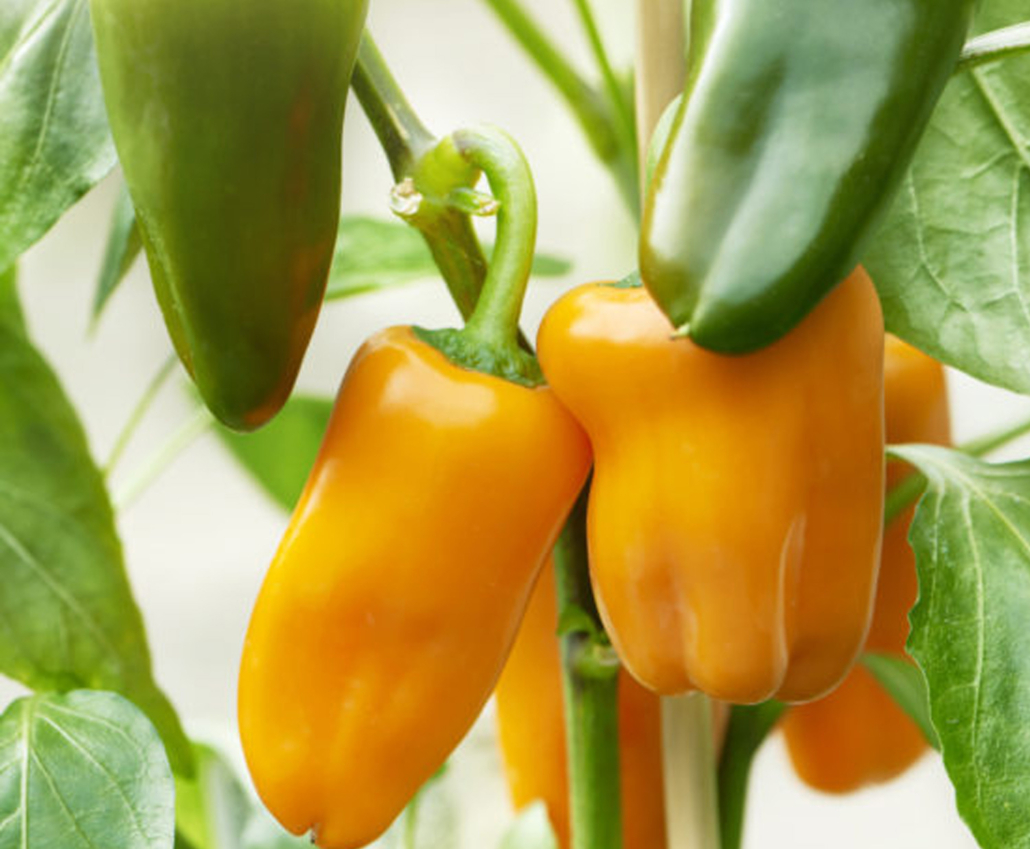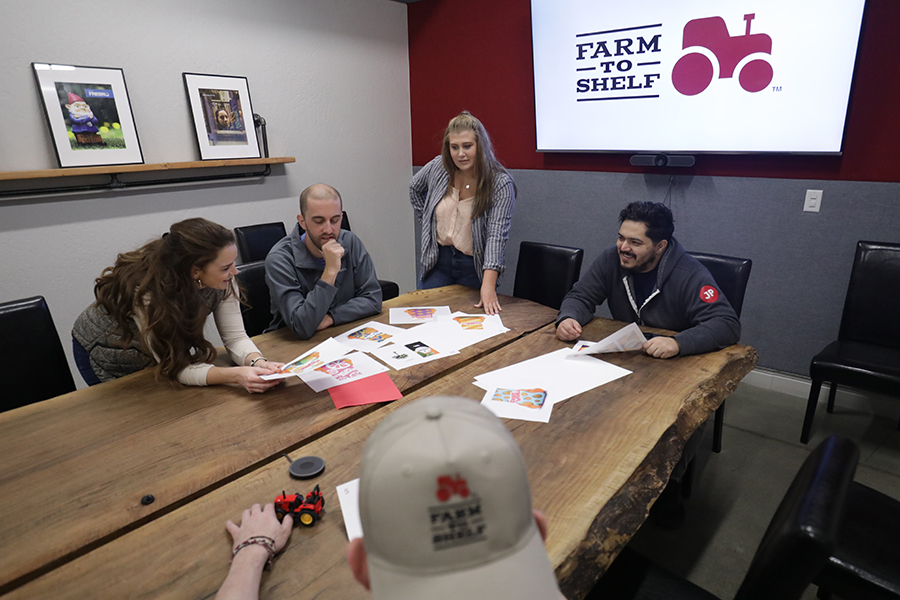Our previous blog post “Sustainability Starts with Customers” talked about how customers drive the demand for environmentally-conscious efforts throughout the ag industry and why it’s essential for farmers to adapt. But how do you grow relationships beyond that initial business transaction? In honor of Customer Appreciation Day on May 20, we’re diving into the importance of building relationships with customers, at a time when it’s more critical than ever.
Whether you’re a large grower or a market farmer, it’s time to start thinking about nurturing your retailers as you would nurture your crops. According to the USDA, “Economists at the Economic Research Service (ERS) have found that farmers who market goods directly to consumers are more likely to remain in business than those who market only through traditional channels.” Read article
It’s easy to think of agriculture as a commodity that people will always need to survive. However, customer satisfaction can make or break a business. Retailers are key to long-term viability and profitability. So, where do you start?
First Impressions Are Lasting Impressions
One of the best ways to show you care is to invest in customer support team members who share your values and passion. These individuals will be the face of your organization and you need to be able to trust them to reflect your brand.
That’s why it’s essential to hire motivated and personable staff who know how to show respect, listen critically, and offer solutions, not excuses. Additionally, offering consistency in your customer support strategy will leave them confident in supporting your business, which will always keep them coming back for more. When was the last time you visited your own website, called your customer support line, or joined a sales rep on a call? Try to see what your retailers would see and determine if it’s a good reflection of your brand values or if it could use a little improvement.
See What They See
Knowing your customers’ needs and acting on them is essential for building a positive experience. One of the best ways to collect customer-generated feedback is to simply ask your retailers what they think.
Our team recommends investing in a professional research strategy, like MMAPS®, to help you build and execute a successful survey. The MMAPS team will work with you to help create a comprehensive customer perception survey while also ensuring you retain proven methodologies for statistically sound data output. Along with deploying and analyzing the survey results, the MMAPS team drafts an executive report with professional recommendations for your next move – big or small.
Show Them What You’ve Got
Once you have a solid foundation in customer support, honest feedback, and data insights to fuel your decision-making, it’s time to show your customers what you’ve got. To do so, translate the information you’ve gathered into meaningful branding and marketing, from packaging and social ads to a logo redesign or complete relaunch of your website.
Need some help? Here at Farm to Shelf, we pride ourselves on supporting grower sales efforts with retailers. Here’s just a sample of the work we’ve done to launch products:

Each retailer interaction paves the way for the next sales transaction. Continual investment in your relationship with retailers is critical to growth. As we celebrate Customer Appreciation Day, it’s a good reminder to say “thanks” for their business.



















